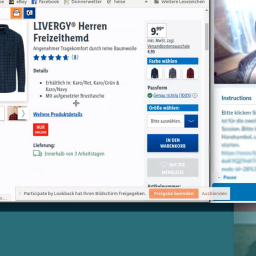
Children and young people are a significant portion of the online audience and increasingly important to providers. As with all audiences they are best served if they are thoroughly researched. However, unlike some other groups, user research with children is not that straightforward.
Children tend to act and react in different ways to adults. They have shorter attention spans. Their responses are more unpredictable and open to interpretation. Their level of understanding and grasp of meaning is variable and limited. They engage with and respond to different stimuli to adults.
So how can the undoubted power of user research be usefully applied to this section of the audience? Here are a few pointers on important areas for your attention:
- Design of test: this will probably not look like any adult test. Children need something to engage and stimulate them. Using simple devices such as shape and colour can help as can the use of games or storytelling. Kids like to be at the centre of a story and this can be used to aid understanding. Test out various scenarios and see how they play with real subjects. Keep questions and language simple. Try not to use abstract concepts or ideas that require too much rational thinking. Most kids don’t have these skills.
- Recruitment: you need to decide the age groups and types of children you want to test. When this decided you can then consider routes for recruitment. This can include personal contacts as well as local schools and children’s groups. Find out as much as you can about the kids from their parents. You will probably want a mix of personalities and some kids are more sociable and forthcoming.
- Interaction: most child tests will work better with smaller groups. Large groups might provide too much distraction and just be difficult to handle and direct. They will also require patience and persistence to get results. You might not be able to structure the activity in exactly the way you want. Prepare to be creative and flexible in your approach. You could need to do a lot of interpretation of looks and physical reactions. So it might be a good idea to record interactions and close observation is vital.
- Response media: you also have to provide response mechanisms suitable to the age group. Younger children might want to draw ideas or respond better to pictures. Try to anticipate what they might need to express their thoughts. Use parents as interpreters, by all means, but don’t allow them to influence or guide the child.
Environment: make sure the environment is friendly, safe and encouraging. It shouldn’t look or feel like a testing centre – more like a play area. If the children feel at home and natural you’re likely to get better engagement and better results.
User research with children can yield and interesting and actionable results. It just needs to be conducted with care and sensitivity. If you would like to learn more about this interesting area of user research, ring us on +44(0)800 024624 or email us at hello@ux247.com.












